Travel has changed a lot in the last decade.
Do you ever stop and consider what was travel like before smartphones?
We may earn affiliate commissions from websites we link to, at no cost to you. Click here for details.
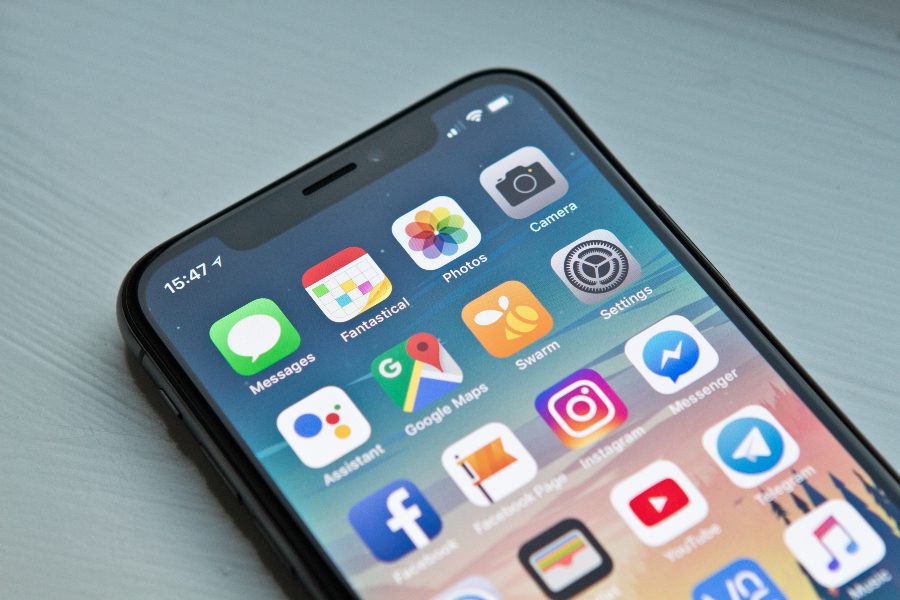
The first Apple iPhone was introduced in 2007, but it seemed 2010 was really the year when smartphones became common gadgets to have.
Today, we can’t imagine travelling without Google Maps to navigate, apps to book our accommodation or flights on the go, ebooks, and social media to share our experiences with friends and family and stay in touch.
Travel was simply different back then. If you were born in the ’70s or early 80’s, you probably travelled during the early 2000s.
Table of Contents
With no online booking, your plane tickets were printed – each flight on a separate ticket bounded together in a little book, especially if you were on a round-the-world trip.
If you lost them, then that was it – so you guarded them with your life. That’s what travel was like before smartphones.
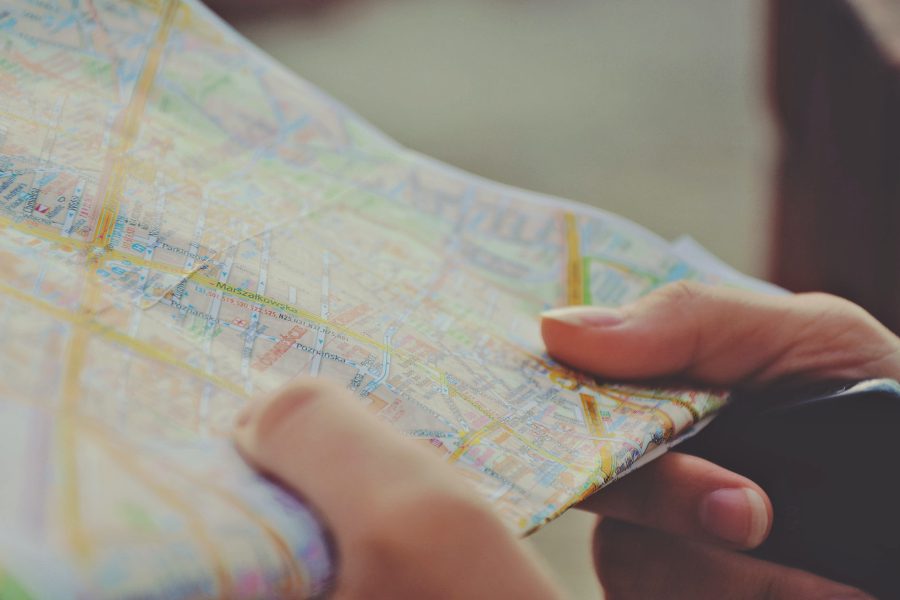
You picked up a real printed map to navigate and you got lost – a lot. You would ask strangers to help you find your way and it always worked.
Remember when those fold-out maps could never be folded back into shape? The best thing was that you didn’t care, you just stuffed it into your bag and kept exploring.
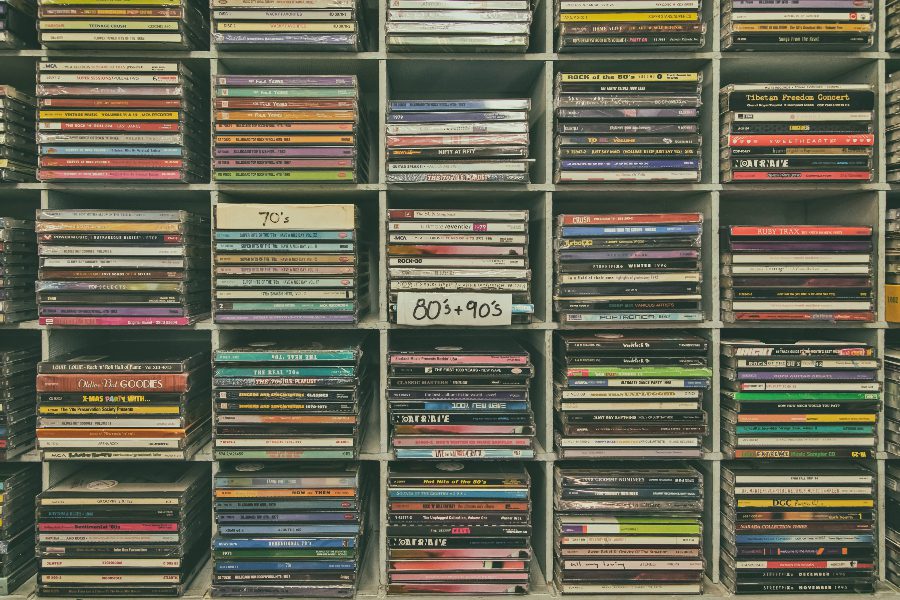
There was no Spotify, not even Apple iTunes. You carried a Discman with your favourite CDs in a CD holder. You knew it was additional weight to carry, but it was worth it to have your own tunes on the road.
Then the first MP3 players came up, which felt like the best thing. Multiple songs on your Iriver MP3 player? Amazing.
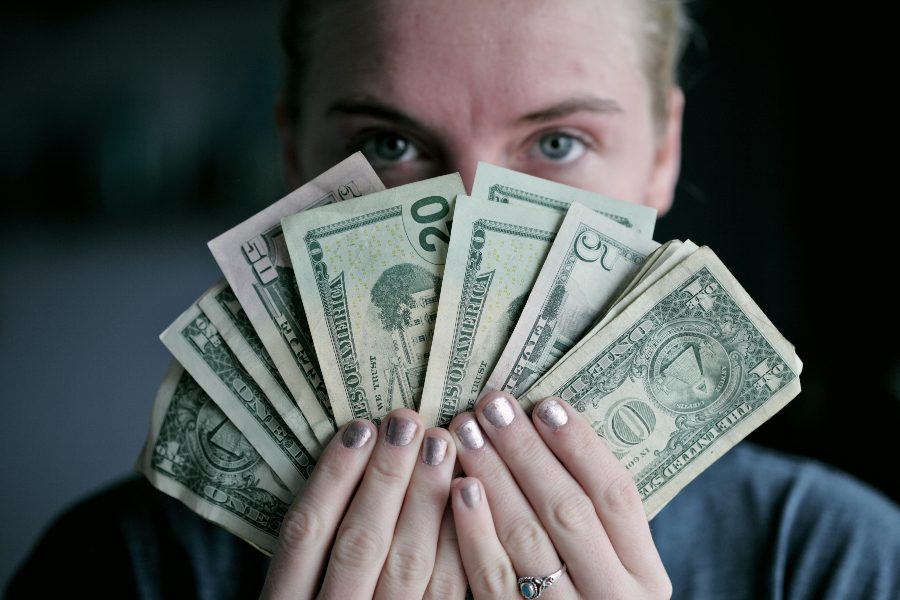
You carried cash hidden in random places and your card was used to withdraw money, not really to pay for things. Back then, paying with a card was not the norm in many countries.
You always had some hard currencies in cash so you could change it as soon as you crossed a border.
RELATED POST – The Best Debit Card for Australian Travellers
There was no Netflix, Stan, or Hulu and Youtube didn’t launch until 2005. So, it was either a DVD portable player or you carried a heavy laptop to watch your favourite movies.
You also downloaded them via Kazaa, LimeWire, or similar P2P sharing software which followed in the steps on Napster – once upon a time, the king for all music downloads.
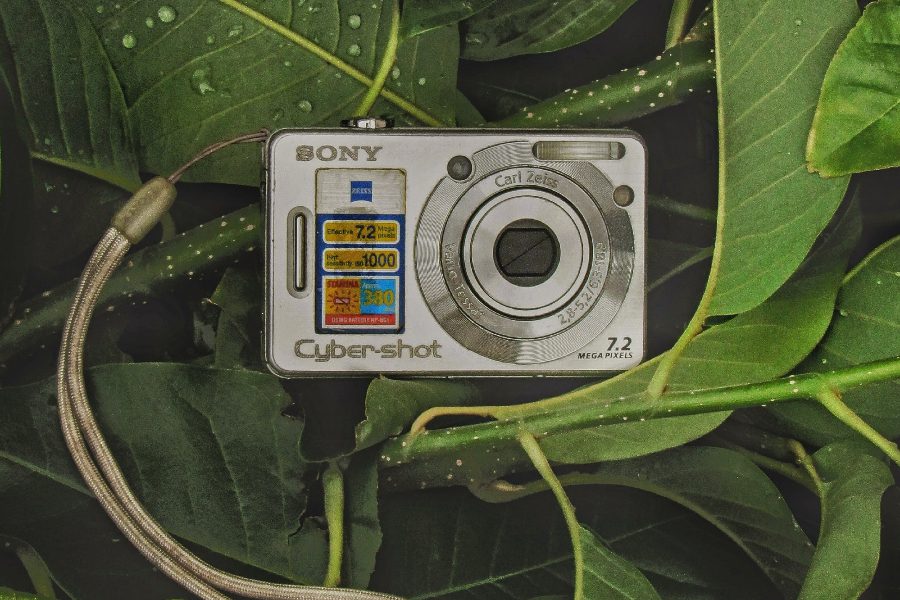
You carried a real camera and asked others to take a photo of you awkwardly standing in the middle of the shot. There were no poses looking over in the distance or selfies.
Nobody took photos for Instagram. We took them for our own memories.
Getting online was a pain and to do so you had to find an Internet cafe to pay for the use of a slow computer and check your MSN Hotmail account to see if your mum wrote back.
You also wrote diary-like long group emails. Broadband internet was already invented, but you could still only connect with dial-up in some countries.
Wifi was already available but as many of us didn’t travel with computers, it didn’t matter.
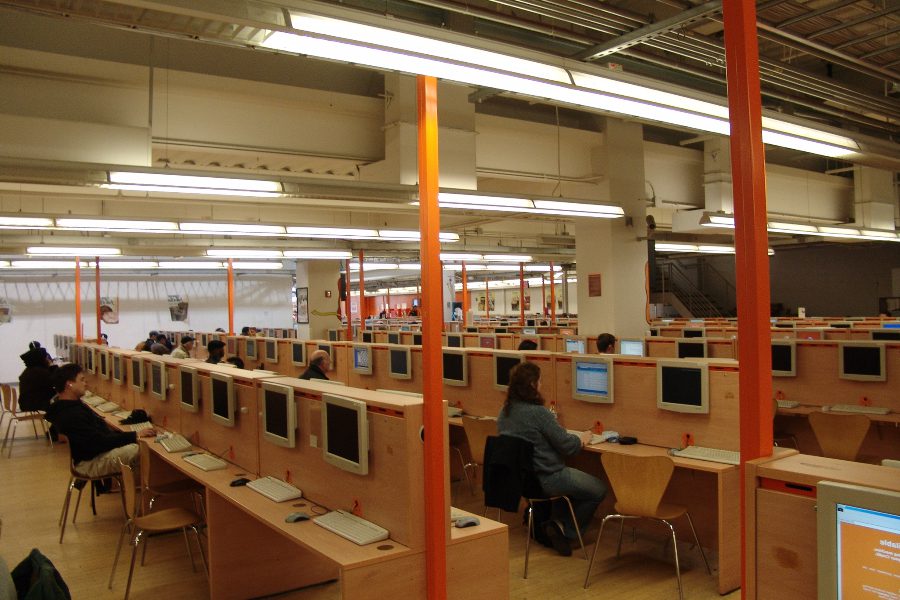
You would send a postcard home with three lines of what you have done in the past week and when you returned home, they would all be hanging on your fridge.
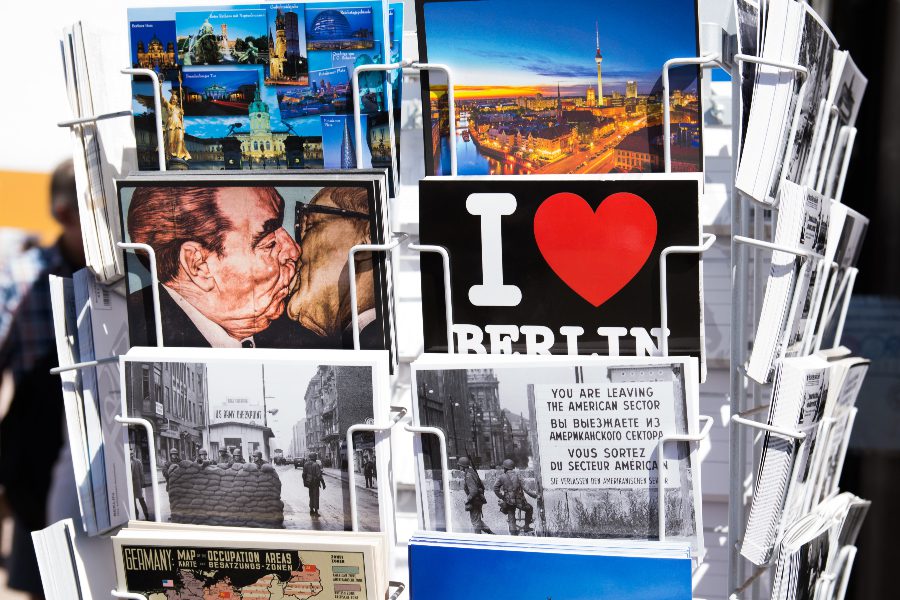
You travelled with a guidebook, which was most likely a Lonely Planet guidebook. Since many travellers used it as their bible, it also created unspoken itineraries.
The ‘banana pancake trail’ was born so everyone seemed to follow the same route across South-East Asia. Just like the old hippie trail in the 70s!
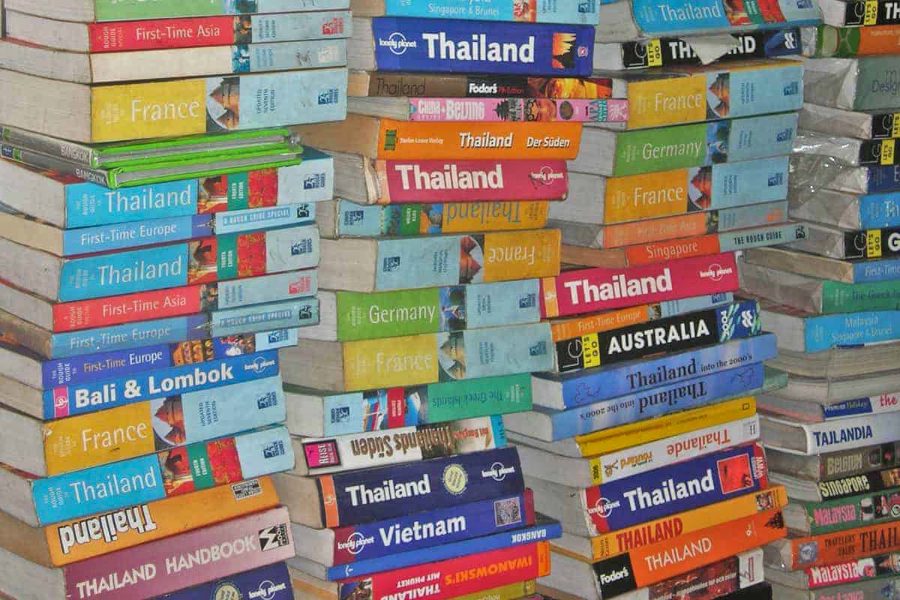
There was a similar trail/path in Central and South America, this one is called the ‘Gringo Trail’.
But it was great to meet travellers as you ended up in the same hotspots from beaches and hostels to bars.
Hostels were a great place to meet other travellers. There was a communal space where everyone would hang out and every small talk started with: “Where are you from, and how long have you been travelling?”
We’d play cards together, join in for a pub crawl, and exchange travel stories. And often, you’d tag on to travel with your new friends to the next place and hang out together.
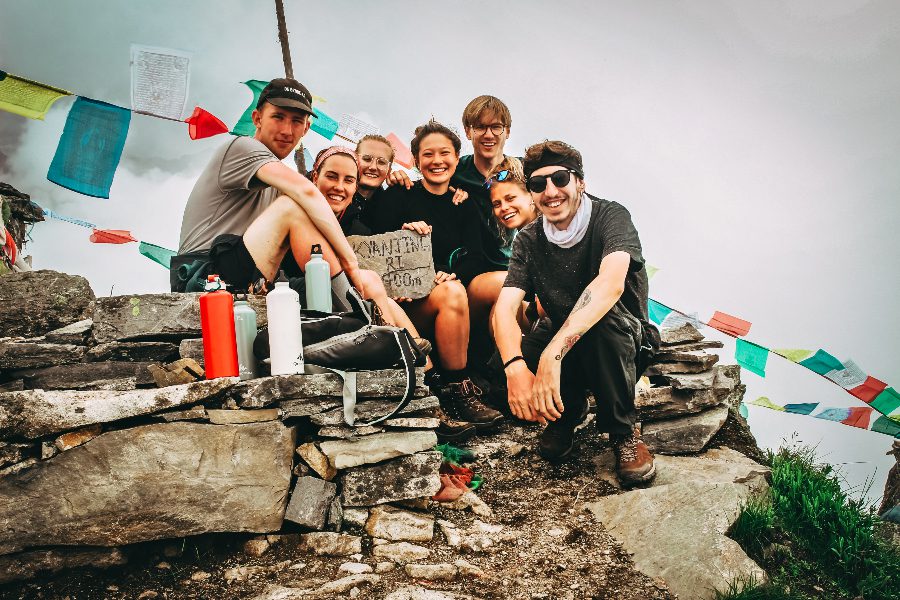
Sadly, today most hostel communal spaces have young travellers sitting on their phones, reliving their stories with friends at home rather than connecting with other travellers.
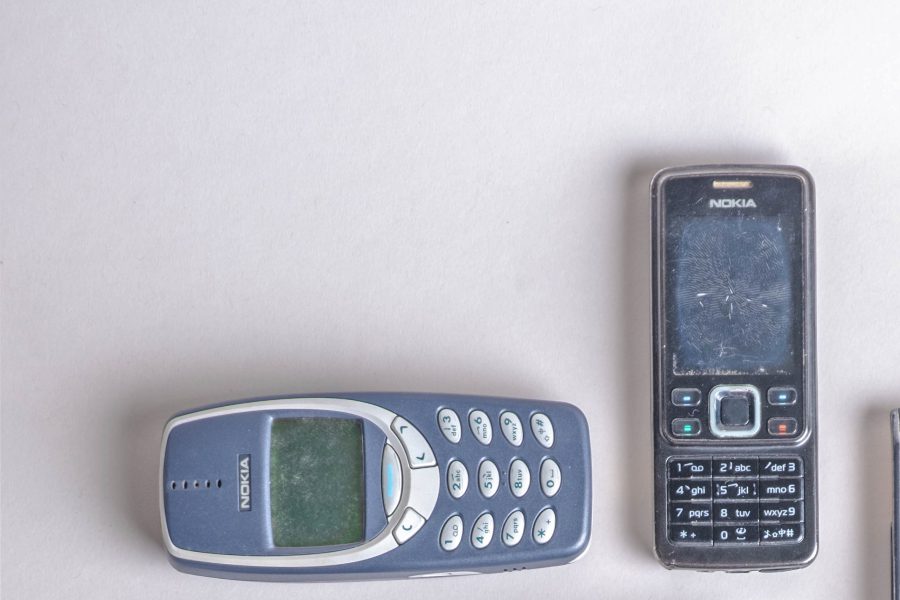
Your phone was probably an old Nokia or Ericsson that you charged once every two weeks to send a message home instead of getting a phone card to call.
The only entertainment was the game, Snake, which you mastered in a week.
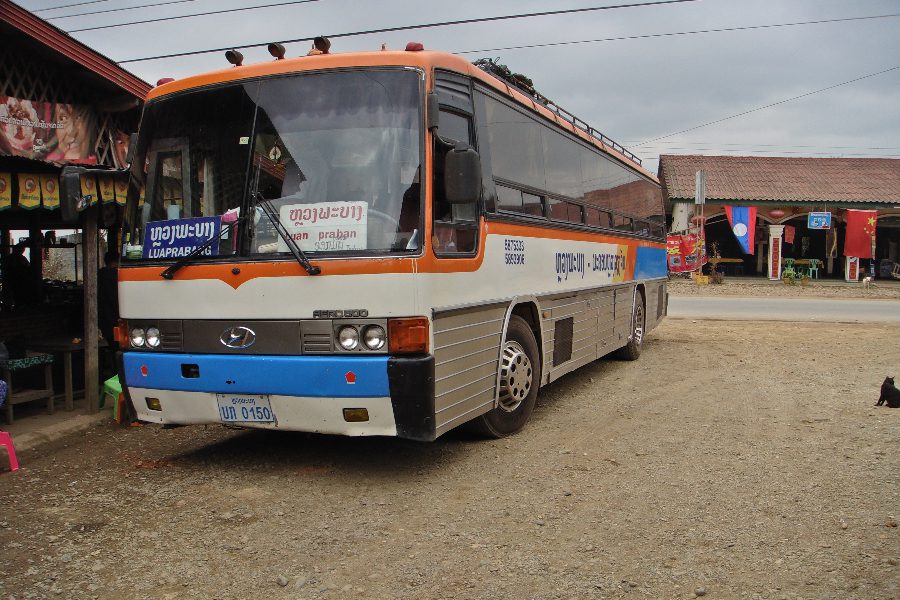
You took trains, buses and shared rides as the idea of low-cost flights has not yet arrived. In Europe, a two or three-month Euro-rail pass was the ticket get to see countries you didn’t even know existed.
South-East Asia was explored on overnight “sleeper” buses and so was Central & South America.
Hostels were basic; the kitchen had only three old pans and pots, so you had to wait for your turn to cook your one-pot pasta dish.
And if you put milk into the communal fridge with your name on it, you knew half of it would be gone by the next breakfast.
RELATED POST – 7 Quick, cheap and easy meals for travellers
The dorm was a room with more beds than you could fit in and there was always that one person who turned the light on in the middle of the night or rustled a bunch of plastic bags in the early morning.
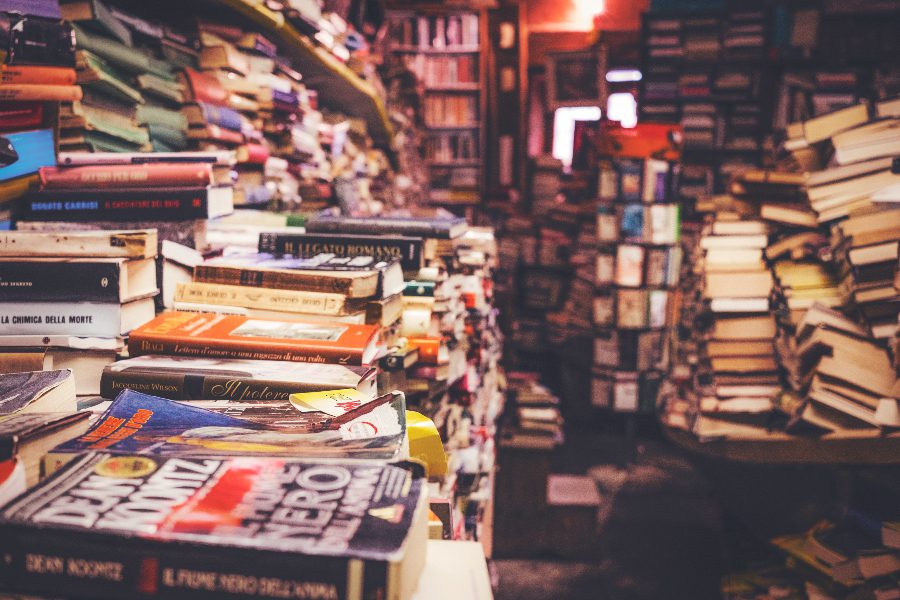
There were no Ebooks, no Kindle, and therefore you carried a real book hoping to find another one at the next hostel to swap it. Second-hand book shops were a treasure to find.
Everything took longer back then, but we loved it – your visa was a real sticker in your passport and Australians needed one, even for the Czech Republic!
There was no Uber, just old-fashioned taxi drivers – they all smoked and they all tried to rip you off. And, of course, it was cash only.
English wasn’t as widely spoken, so you would constantly be lost in translation. But you somehow managed and learned a few words to get by quickly.
You got on the wrong bus, train, or tram and ordered the wrong food at some point.
You most likely wrote a diary and reading these stories would remind you just how much fun we all had when travelling without a smartphone and without #hashtags.
Can you remember what travel was like before the smartphone? Tell us what you miss most about those days. Tell us about your favourite memory from the ‘good ol days’ in the comments below.
✈️ Flights: We use Skyscanner to book cheap flights worldwide.
🏨 Accommodation: Booking.com is our preferred platform for booking hotels and accommodation.
🏥 Travel Insurance: We recommend Heymondo (Get 5% off Heymondo) & SafetyWing
🚌 Transportation: Trainline is the best website to reserve trains. We use Omio to book transport worldwide. For travel in Asia, we use 12Go.
🚘 Car Rental: We use DiscoverCars to book rental cars worldwide.
👫 Group Tours: G Adventures OR compare multi-day tours worldwide with Tourradar.
📸 Day Tours & Trips: GetYourGuide & Viator are the only two platforms you need.
📚 Lonely Planet: The Best Range of Travel Guides & Ebooks, and FREE Shipping! (use code RACHELDAVEY10 for a 10% discount)
🎒 Luggage: Osprey Farpoint 40L Backpack or Samsonite Luggage Range.
🛄 What to Pack: Don’t forget your Universal charger and a good power bank. To help you pack the essentials, here is our ULTIMATE Packing List for all Travellers.
🐶 Become a House Sitter: Join Trusted Housesitters and enjoy FREE accommodation worldwide. Use our invite to receive 25% off your new membership.
💰 Send Money Anywhere: WISE & Revolut are the best online accounts that let you send money, get paid, and spend money internationally. Both are so easy to use and way cheaper than any bank transfer.
📶 Stay Connected: Airalo eSIM allows you to get connected the moment you land at your destination, and you can avoid those expensive data roaming charges. We LOVE this product! Use promo code NOMAD15 for 15% off ALL eSIMs (new Airalo users only) OR use NOMAD10 for 10% off ALL eSIMs (for existing Airalo users)
✅ Check out our Travel Gear and Travel Resources for more valuable tips to save you money!